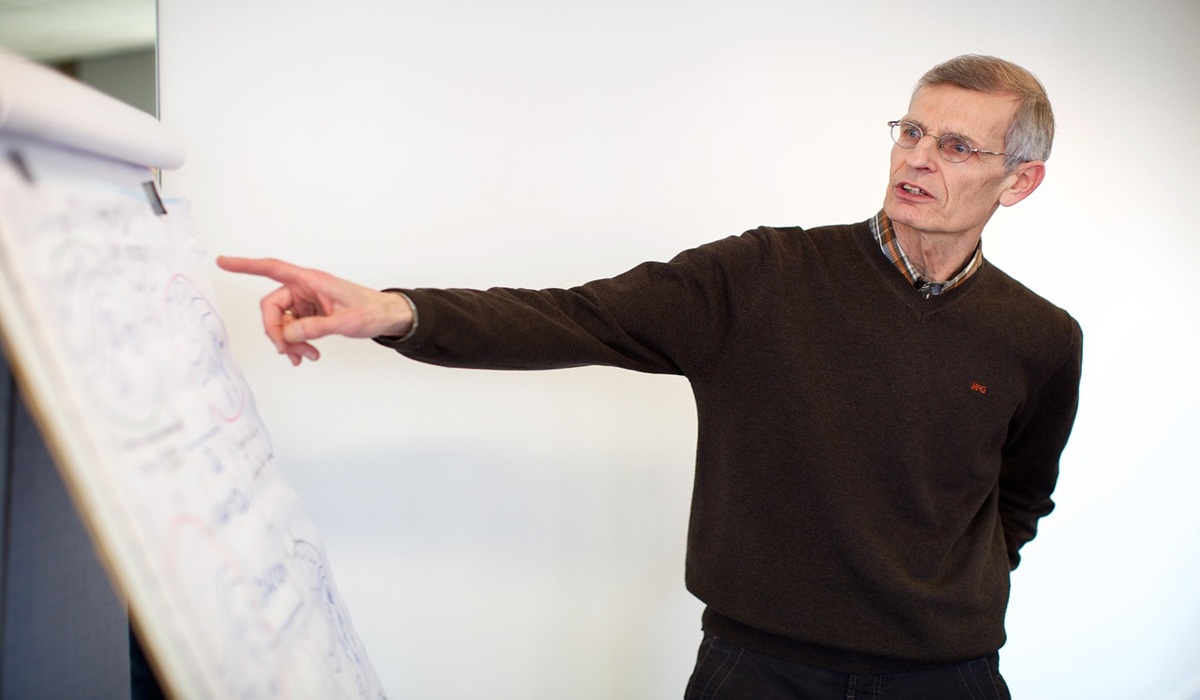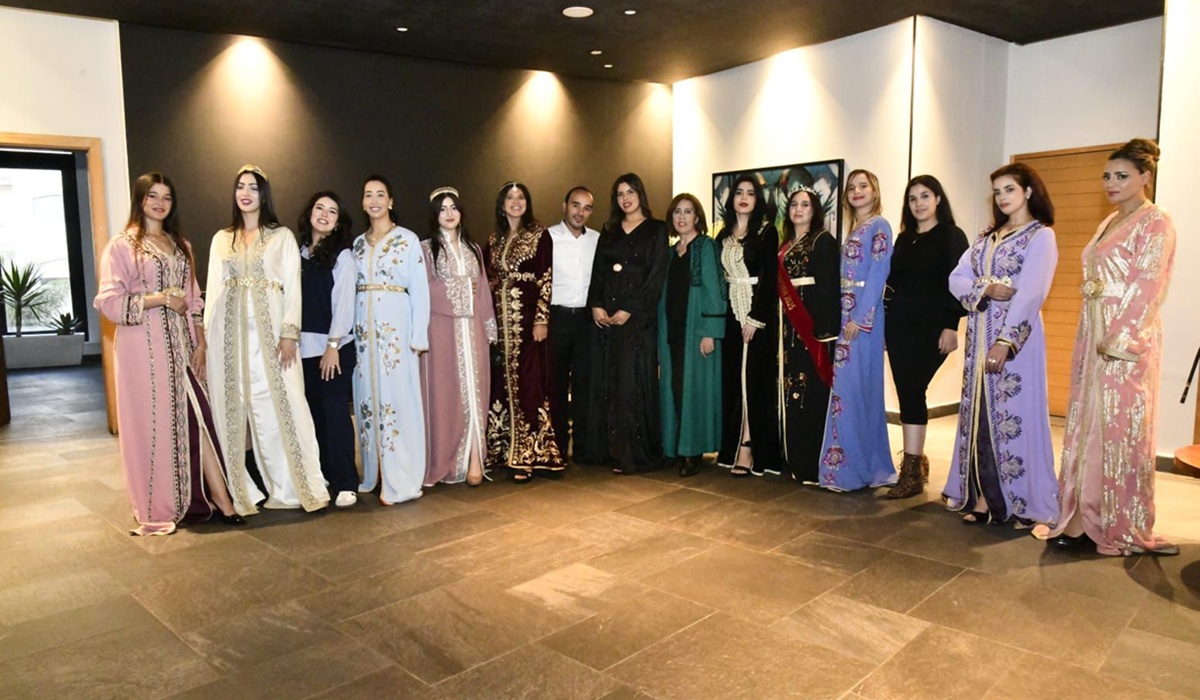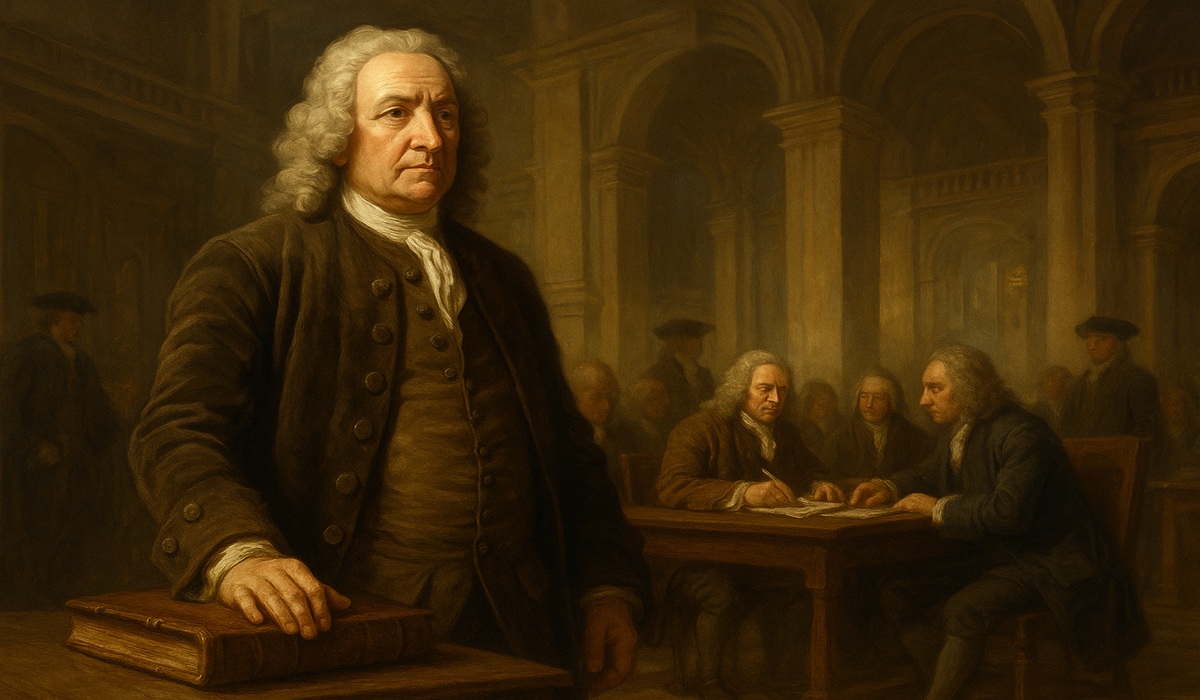Cuba Pavilion 2025: A Thrilling Journey into Afro-Cuban Rhythm and Spirit
- TDS News
- Entertainment
- Trending News
- August 13, 2025
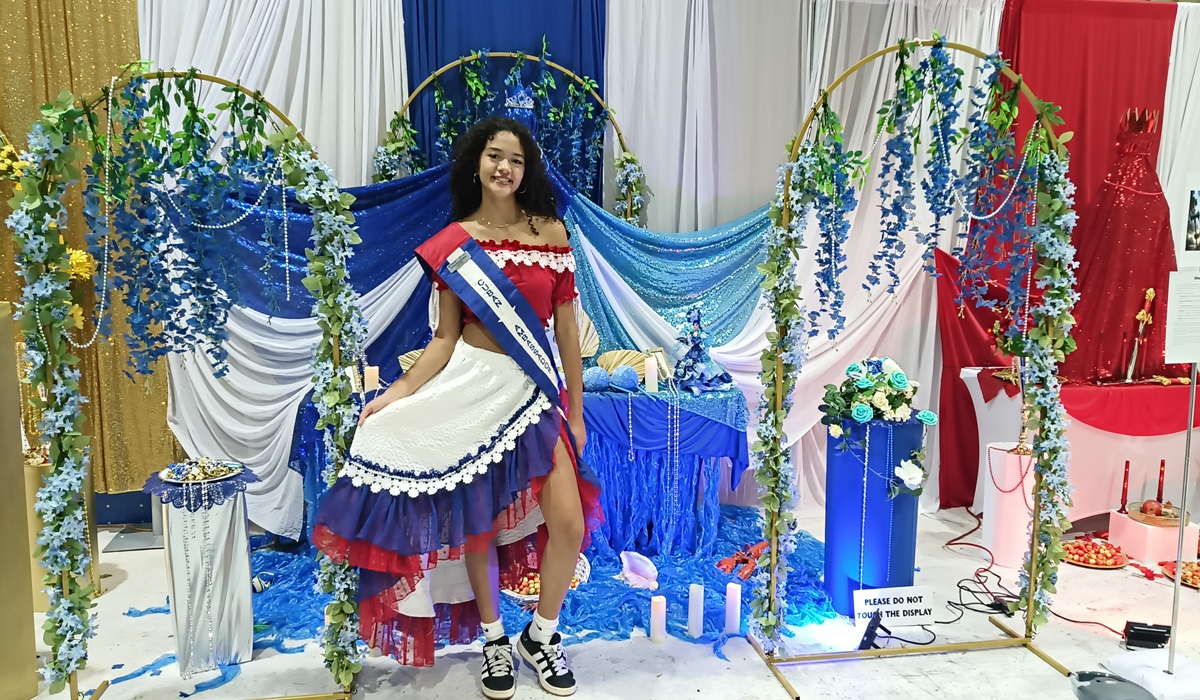
By Donovan Martin Sr. Editor in Chief
The Cuba Pavilion at this year’s Folklorama was a spellbinding journey—a celebration that whisked visitors back in time, to a Cuba long before Spanish colonization. This year’s theme, Afro-Cuban, brought the island’s soul alive through music, dance, and a rich tapestry of culture. Many performers had flown in directly from Cuba, and their presence was magnetic. From the moment the first drumbeat hit, the stage became a portal where folklore, rhythm, and passion collided. The dances were mesmerizing, the songs heartbreakingly beautiful, and every movement carried the weight of history and the vibrancy of life.
Before the Spaniards arrived, Cuba was home to Indigenous peoples such as the Taíno, Ciboney, and Guanahatabey, who spoke Arawakan languages. Their lives were deeply connected to the land and sea, and their spiritual beliefs emphasized harmony with nature and reverence for ancestral forces. The pavilion beautifully honoured this heritage, showcasing how it interweaves with African spiritual traditions that were brought centuries later.
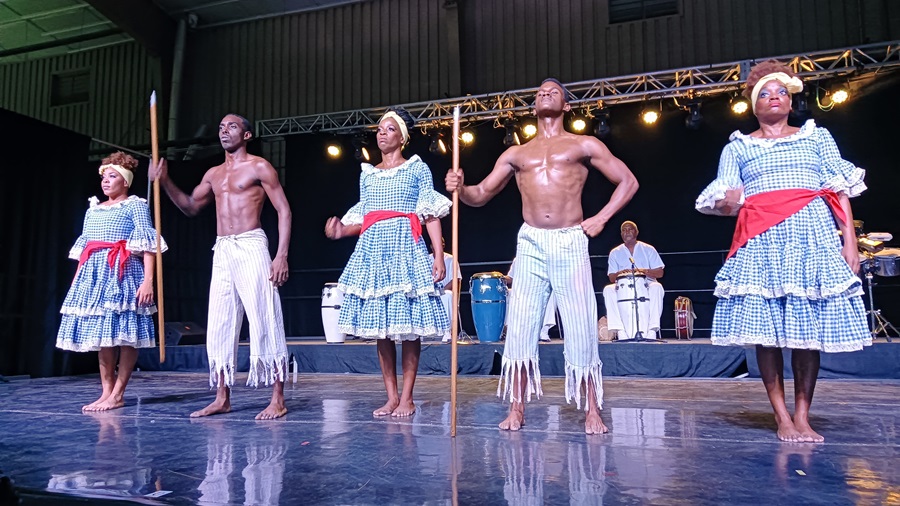
Central to this year’s showcase were the Oresha (Orishas), spiritual guardians revered in Cuban Santería. Each visitor who learns about them feels the power and mystery of these divine protectors:
- Eleguá (Eleggua, Elegba): Keeper of crossroads, opportunity, and new beginnings, often honored first in rituals.
- Ogún (Ogun): God of iron, labor, and warriors; protector of those who face life with courage and strength.
- Ochosi (Ososi): Hunter and justice bringer, guiding those who seek truth and protection.
- Shangó (Chango): God of thunder and fire, symbolizing power, virility, and leadership.
- Obatalá (Obatala): Creator deity of wisdom, purity, and peace, a calming force in life’s chaos.
- Yemayá (Yemaya): Mother of the seas, goddess of fertility and nurturing, embracing all with care.
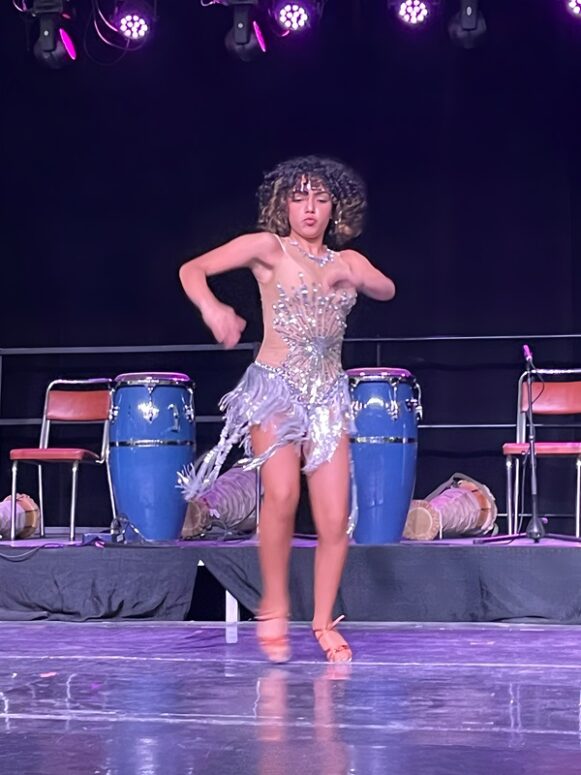
Every dancer seemed to channel these guardians, their movements a vivid expression of the energy, grace, and strength that these spirits embody. Some performers entered a trance-like state, making it feel as though the pavilion itself had become a sacred space, bridging the gap between past and present.
Of course, no Cuban pavilion would be complete without its food, cultural displays, and warm hospitality. Visitors were invited to taste traditional dishes, from savoury rice and beans to perfectly fried plantains, while surrounded by vibrant displays of clothing, artifacts, and music that told the story of Cuba’s people and history. The costumes of the dancers were nothing short of breathtaking—bursting with colour, texture, and Carnival flair, each one a visual feast reflecting Afro-Cuban heritage.
This year’s Cuba Pavilion wasn’t just a show—it was an immersive experience. It transported you through history, spirit, and rhythm, leaving every visitor captivated, inspired, and connected to a culture both ancient and alive. Between the live music, powerful storytelling, and electrifying dance, it was impossible not to be swept away.
The Cuba Pavilion 2025 was a must-see, a dazzling tribute to heritage, spirit, and the timeless heartbeat of Cuba itself.




